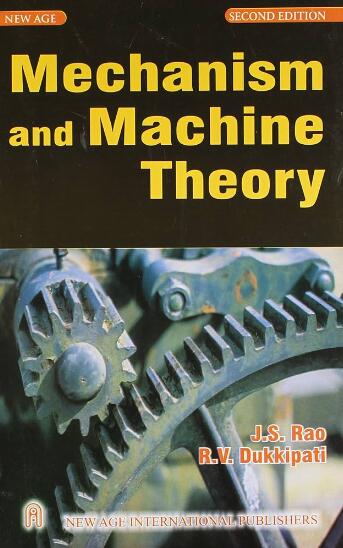混合控制过约束缆索驱动并联机器人设计与控制优化
IF 4.5
1区 工程技术
Q1 ENGINEERING, MECHANICAL
引用次数: 0
摘要
在缆索驱动并联机器人(CDPRs)中,多根缆索形成封闭的运动链来驱动末端执行器(EE)。当电缆的数量超过EE的自由度时,机器人被过度约束(OCDPR)。这种结构有助于保持电缆紧绷,但由于约束冗余,引入了驱动控制方面的挑战。混合位置-力控制通过使用长度控制电缆来调节EE姿势和力控制电缆来管理力分布来解决这个问题。混合控制是一种快速直观的解决方案,然而,力控电缆的选择会影响扳手可行的工作空间。本文介绍了扳手可行误差不敏感工作空间(WFEIW),定义为即使在存在长度和张力控制错误的情况下也可以达到的扳手可行姿态集。特别地,本文展示了如何优化这个固有的依赖于控制的工作空间。对不同的8线OCDPRs进行了WFEIW分析,证明了该方法的有效性和通用性。最后,将wfew的体积用作优化机器人几何形状的成本函数,从而表明所提出的方法如何为设计提供实用的综合工具。本文章由计算机程序翻译,如有差异,请以英文原文为准。
Design and control optimization for hybrid-controlled overconstrained cable-driven parallel robots
In Cable-Driven Parallel Robots (CDPRs), multiple cables forming closed kinematic chains move the end-effector (EE). When the number of cables exceeds the degrees of freedom of the EE, the robot is overconstrained (OCDPR). This architecture helps keep cables taut but introduces actuation control challenges due to constraint redundancy. Hybrid Position–Force Control addresses this by using length-controlled cables to regulate the EE pose and force-controlled cables to manage force distribution. A hybrid control turns out to be a fast and intuitive solution in which, however, the choice of force-controlled cables influences the Wrench-Feasible Workspace. This article introduces the Wrench-Feasible Error-Insensitive Workspace (WFEIW), defined as the set of wrench-feasible poses that can be reached even in the presence of length- and tension-control errors. In particular, the paper shows how this workspace, which is inherently control-dependent, can be optimized. The WFEIW is analyzed for different 8-cable OCDPRs, demonstrating the method’s efficacy and generality. Ultimately, the volume of the WFEIW is used as a cost function to optimize a robot geometry, thus showing how the presented method provides a practical synthesis tool for design.
求助全文
通过发布文献求助,成功后即可免费获取论文全文。
去求助
来源期刊

Mechanism and Machine Theory
工程技术-工程:机械
CiteScore
9.90
自引率
23.10%
发文量
450
审稿时长
20 days
期刊介绍:
Mechanism and Machine Theory provides a medium of communication between engineers and scientists engaged in research and development within the fields of knowledge embraced by IFToMM, the International Federation for the Promotion of Mechanism and Machine Science, therefore affiliated with IFToMM as its official research journal.
The main topics are:
Design Theory and Methodology;
Haptics and Human-Machine-Interfaces;
Robotics, Mechatronics and Micro-Machines;
Mechanisms, Mechanical Transmissions and Machines;
Kinematics, Dynamics, and Control of Mechanical Systems;
Applications to Bioengineering and Molecular Chemistry
 求助内容:
求助内容: 应助结果提醒方式:
应助结果提醒方式:


